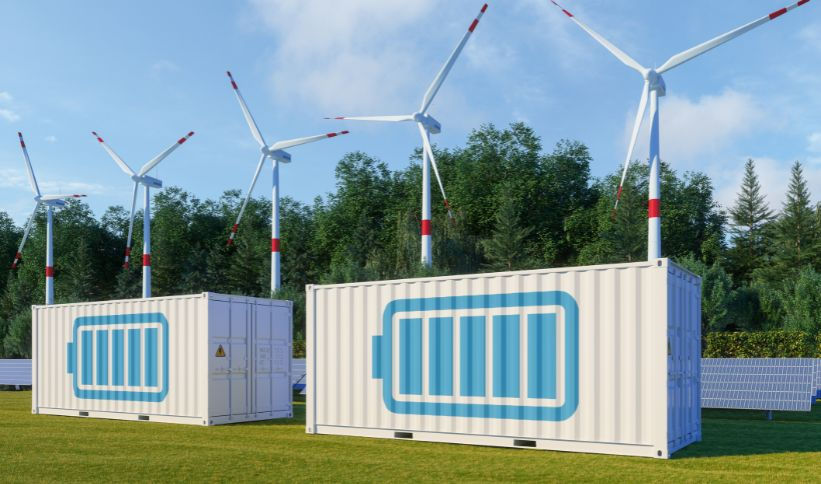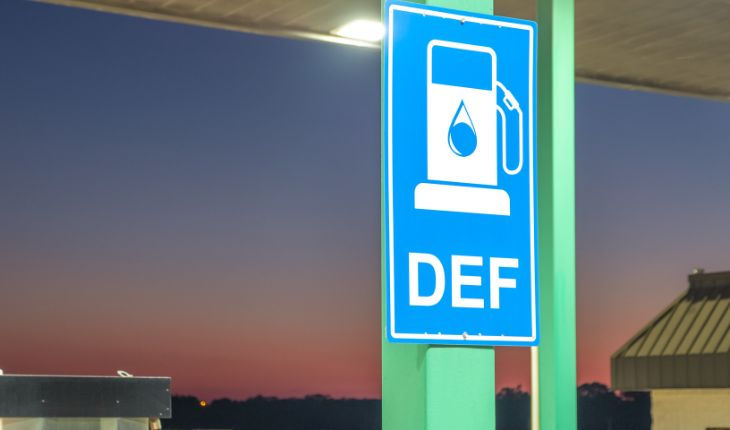Residential Energy Storage: A New Era of Energy Independence for Modern Homes
- Sophia Grace
- Jul 29
- 3 min read
Residential energy storage is no longer a niche concept—it has emerged as a key component in the global shift toward cleaner, more reliable energy systems. As homeowners look for ways to reduce their dependence on the grid and maximize the value of their solar installations, energy storage solutions are becoming an increasingly popular choice.

Driven by advancements in battery technology, rising energy awareness, and the need for greater power reliability, residential energy storage systems are now considered essential in many homes. These systems allow households to store excess electricity, typically generated from solar panels, for use during times of peak demand or grid outages.
The Push Toward Home Energy Independence
One of the primary motivators behind the adoption of residential energy storage is the desire for energy independence. With fluctuating electricity costs and growing uncertainty about the stability of power grids, homeowners are looking for ways to control their energy consumption and costs. Energy storage offers that control—by allowing stored energy to be used when it’s needed most.
This self-reliant model supports not only cost savings but also environmental goals. Homeowners are increasingly aware of their carbon footprint and are choosing to rely less on fossil-fuel-powered grids. Pairing solar panels with home battery systems enables consumers to consume cleaner energy around the clock, even when the sun isn't shining.
Power Reliability in a Changing Climate
In many regions, climate change is making power grids more vulnerable to outages caused by extreme weather. Residential energy storage systems provide critical backup power during blackouts, ensuring that lights stay on, refrigerators keep running, and essential appliances function without interruption.
For households with remote work setups or medical equipment, having a reliable backup energy source has gone from a luxury to a necessity. This heightened awareness of energy security is playing a crucial role in the growing interest in home battery systems.
Smart Technology Integration and Evolving Use-Cases
Today’s residential energy storage systems are not just static batteries; they are integrated into smart home ecosystems. This allows homeowners to monitor and manage their energy usage in real time using connected apps or intelligent energy management software. These systems can automatically adjust charging and discharging cycles based on factors like energy demand, weather forecasts, and electricity prices.
Another exciting development in this space is the emergence of virtual power plants. These are networks of home battery systems that work together to support the larger grid. By storing energy and feeding it back when needed, homeowners can participate in grid stability programs and even earn incentives for their contribution.
Technological Innovations Driving Market Growth
Battery technology is advancing rapidly. While lithium-ion batteries dominate the market, alternative options such as solid-state and flow batteries are being explored for their potential benefits in safety, longevity, and sustainability.
Manufacturers are also focusing on making residential energy storage systems more modular and scalable. This means households can start with a basic system and expand it over time as their energy needs grow—whether due to EV charging, growing families, or increased reliance on home appliances.
Challenges on the Road Ahead
Despite strong growth prospects, there are some hurdles to widespread adoption. Upfront costs remain a consideration for many households, even though prices are gradually decreasing. In addition, the proper disposal and recycling of used batteries present environmental and logistical challenges that the industry is still working to solve.
Regulatory clarity is another area needing improvement. Inconsistent policies across regions can create confusion for consumers and slow down market adoption. However, many governments are working to introduce more supportive frameworks and incentive programs to encourage residential storage adoption.
Looking Forward: A Core Component of the Modern Home
Residential energy storage is poised to become a standard fixture in future-ready homes. Just as double-glazing and insulation became expected features, battery storage will likely follow suit—especially as solar installations become more commonplace.
The convergence of energy storage and electric mobility also holds exciting potential. As electric vehicles with bidirectional charging capabilities become mainstream, cars may act as an extension of home energy systems, further reinforcing the household’s role as an active player in the energy ecosystem.









Comments